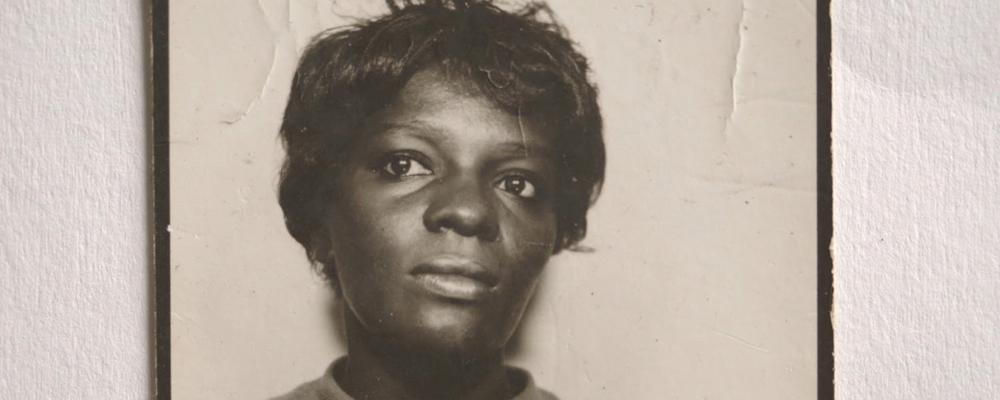There Is No Justice in Yance Howard’s True Crime Documentary ‘Strong Island,’ But There Is Grief
Tony Sokol
“I am not sure if you remember my name or my brother’s name. He was a homicide victim,” director Yance Howard says in the opening of Netflix’s “Strong Island.” “I was calling to see if you were willing to, within your legal restrictions, answer some of the questions that have been sort of plaguing me for the last 22 years.” Justice denied is enough so send some people into rage. Justice ignored brings on a new level of frustration and anger. The killing of 24 year old math teacher William Ford Jr. was ignored for 25 years. By the police, that is. Not so by his brother. Yance Howard unearths more than confidential Grand Jury records in the true crime documentary, he digs up a whole family plot.
The family at the center of “Strong Island,” Ford’s mother, Barbara, and her late husband, William, Sr., moved from Charleston, South Carolina, to Brooklyn in the mid-1960. In an interview for the film Barbara says the family got along well with their white neighbors in Brooklyn. It wasn’t until they moved to Long Island that they encountered the bias. The suburban neighborhoods in Nassau and Suffolk Counties were segregated.
Yance tells the Ford family history, from his parents’ early dating through his brother’s attempts to get a job as a prison guard at Riker’s Island prison. Yance, who is transgender according to advance press but not addressed in the film, also touches on his own sexual identity. Yance had no one to talk about it with while growing up, learning more from books than family. He regrets never telling his brother he was “queer.”
William Ford Jr.’s service to the community didn’t end by teaching high school math. Shortly before his killing he had been hailed as a local hero for detaining an armed robber on the street. His homicide case never went to trial. The events were set in motion by a minor traffic accident. A tow truck from local garage Super Stang Auto Body in Central Islip, N.Y., hit his car and offered to fix it for free if William didn’t file a police report. The work was done slowly and the situation escalated until William confronted the owner, Tom Datre Jr., and 19-year-old mechanic Mark Reilly grabbed a gun and shot him on April 7, 1992. The documentarian’s research into the case uncovers evidence that the investigation into his brother’s death was strongly held back by racial bias.
Barbara describes the white police officers’ hostility and the harassment the family endured during the investigation. The police chose to look into the victim’s background to justify the shooting. Law enforcement subjects are closed-lipped about details, which only incriminates them on film, as the documentary becomes more about the futility of following up on a crime than solving it.
Ford builds suspense and keeps the audience engaged by letting the events unfold through the story, rather than chronologically. The time frame of the events on the night of the shooting are less clearly presented, but no less emotionally effective. While searching for truth and justice, Ford finds a way to cope with his and his family’s grief.
Ford makes the production more personal by holding up images and photographic evidence to the camera, rather than panning over more pristinely scanned shots. He also talks directly into the camera.
“Strong Island” doesn’t only indict Long Island’s law enforcement community, based on its long history of racial preference. It makes a very strong case against the entire judicial system.
“Strong Island” premieres on Netflix on September 15.

